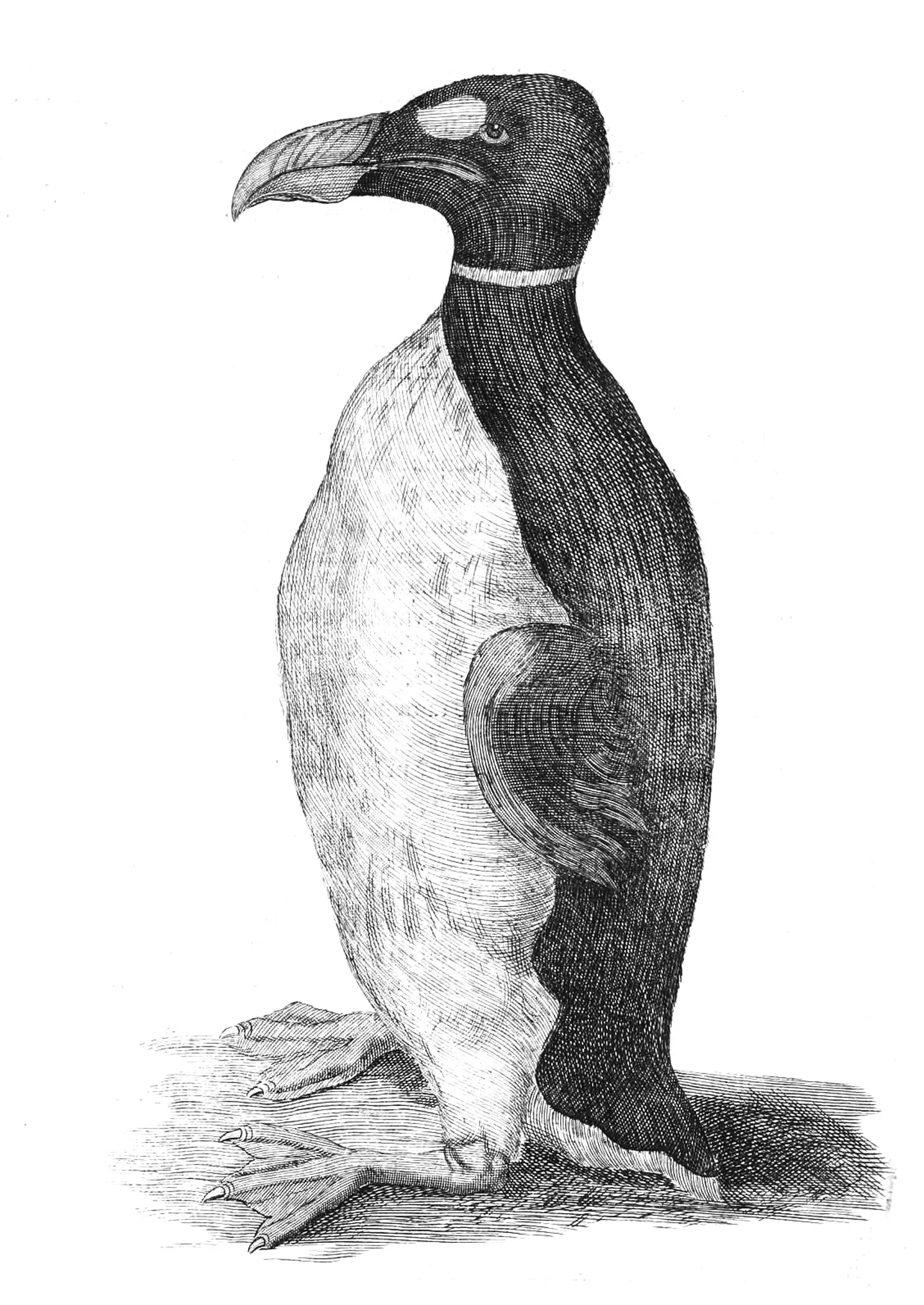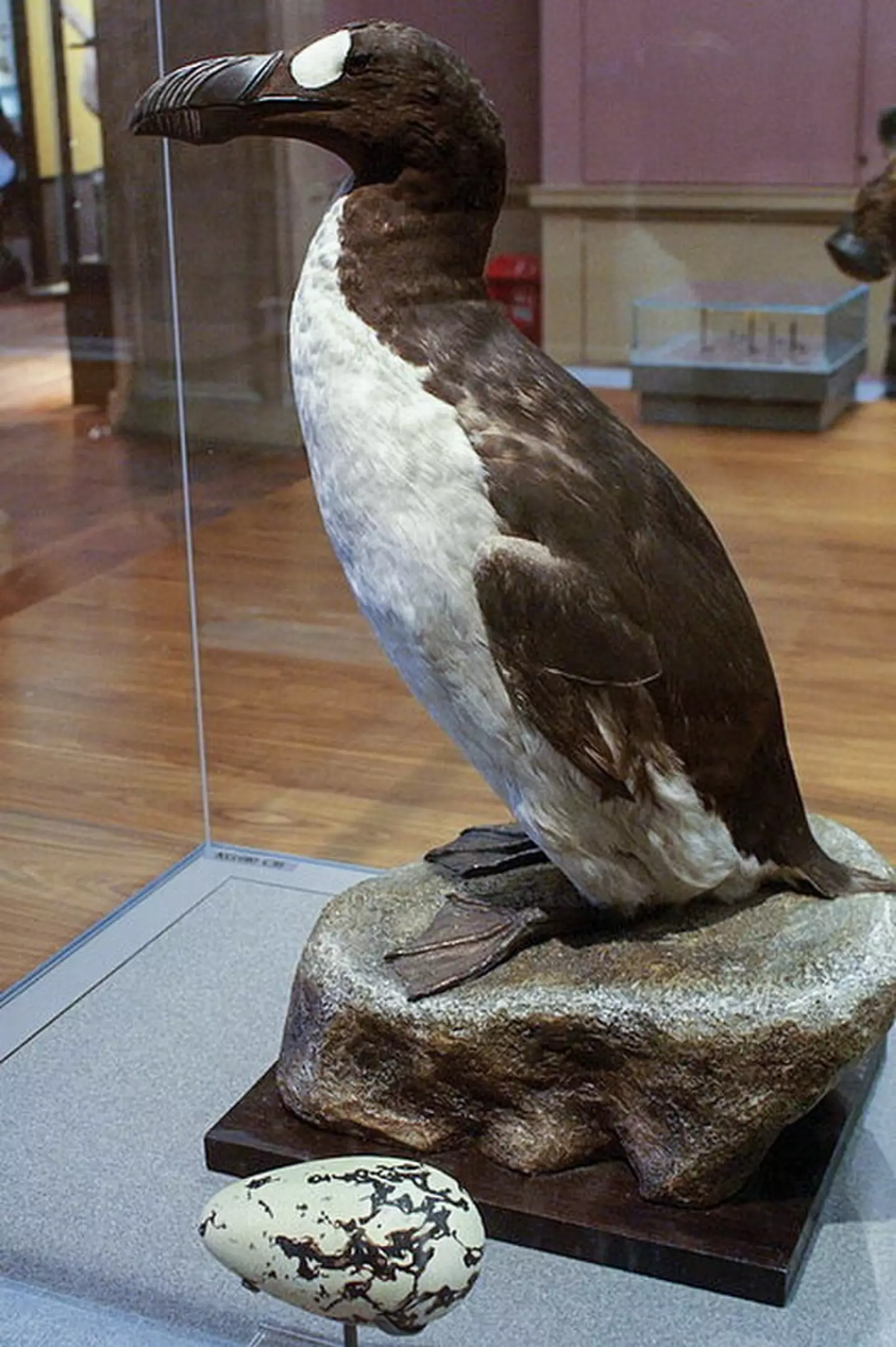When you visit the zoo and get excited about the penguin exhibit, be aware that those aren’t authentic penguins… they are replicas.
That’s correct. People are beginning to realize that the penguins we admire in nature documentaries are not the genuine article.
A Reddit user shared this unsettling information, leaving many in disbelief.
The post in the Today I Learned subreddit stated: “TIL that the birds we call Penguins today are not actually penguins at all but another species of bird that was named after them because of their looks and their are no true penguins alive today.”
Before dismissing this as misinformation, it is, in fact, completely accurate.

Historical accounts reveal that the fuzzy penguins we see on TV are actually a different species of bird that resembles the original penguins.
The original penguins were known as the great auks, or Pinguinus impennis, and they inhabited the Arctic and sub-Arctic regions.
These small flightless birds were remarkably similar to today’s penguins, though their beaks were somewhat larger and rounder.
Despite these resemblances, great auks were not closely related to penguins.
There were once millions of these birds until July 3, 1844, when, according to National Geographic, fishermen killed the last confirmed pair on Eldey Island, Iceland.
For centuries, they were hunted for their meat and used as bait, with their fat, eggs, and feathers sold as commodities.

By the 1770s, excessive hunting posed a significant threat to the species, and as their population dwindled, museums and collectors sought to preserve parts of the bird as evidence of its existence.
This led museums to display mounted skins of great auks instead of the birds themselves.
Some speculate that fishermen killed the birds because they were blamed for a storm, while others suggest it was done for collectors who wanted them for personal displays.
The exact reason why the fishermen eradicated the last of these birds remains unknown.
If they were alive today, they would be widespread.
Historically, they were found in Canada, Greenland, Iceland, the British Isles, and Scandinavia.
They also inhabited areas in the western Atlantic, eastern Atlantic, extending to southern Spain and New England in the United States.

Pleistocene records even suggest they may have colonized Italy and other parts of the Mediterranean, though studies on them are limited and inconclusive.
Online, people were heartbroken to learn about the tragic end of these birds.
One person commented: “I just visited the national history musem of Denmark with my kid, and saw the last stuffed Great Auk ever to be killed by a human.”
Another added: “Millions of years of evolution only for it to end right there and then in an instant.”
If you find this surprising, just wait until you discover what Europe did with mummies.

